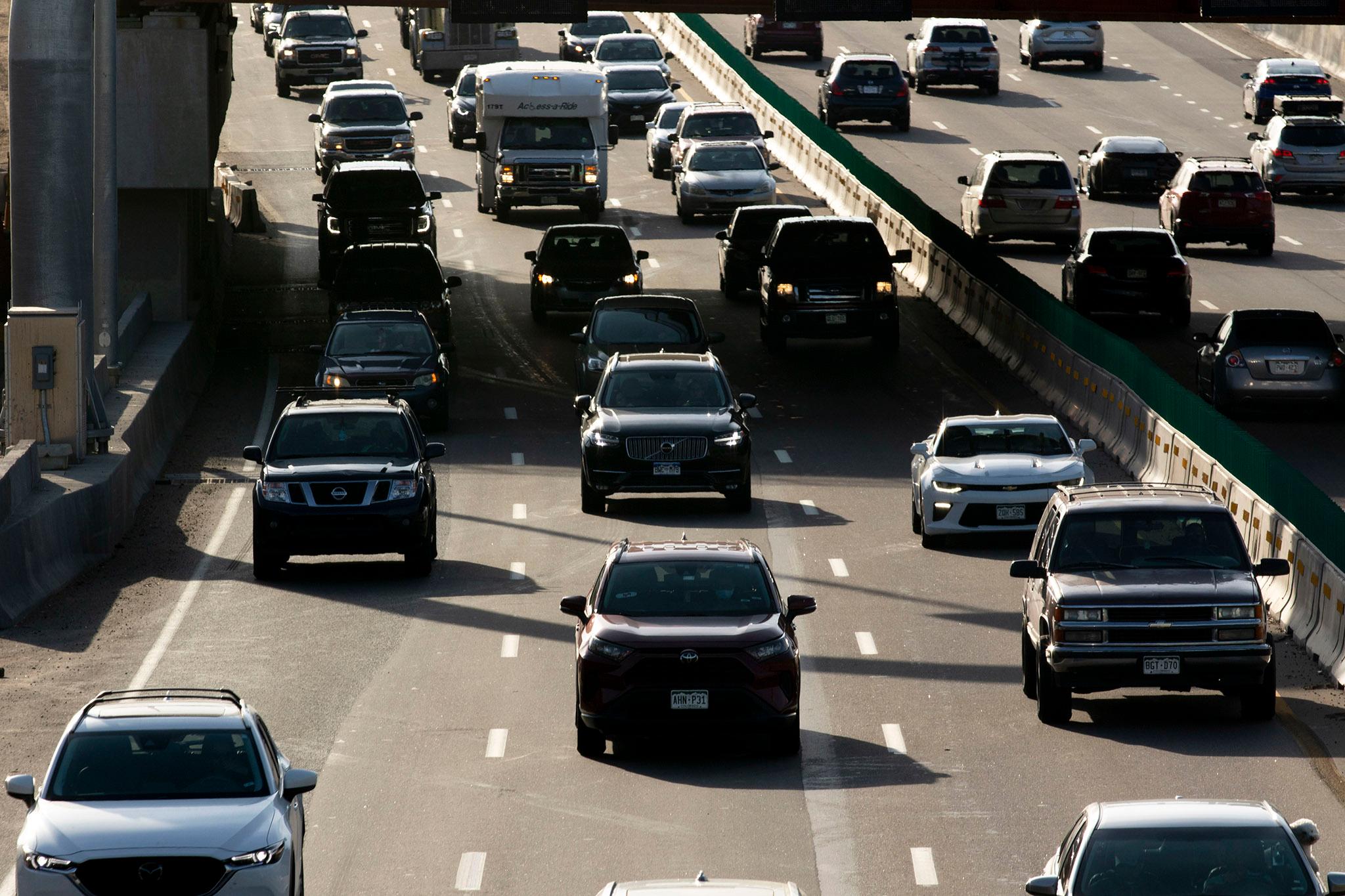 Tomorrow is the 50th anniversary of the Wilderness Act and over the years, 758 wilderness areas have been designated in the United States.
Tomorrow is the 50th anniversary of the Wilderness Act and over the years, 758 wilderness areas have been designated in the United States.
In the past five years, though, Congress has established just one wilderness area. In Colorado, where several proposals to designate more wilderness are moving slowly, it's unclear if any will be approved.
Those are just a few signs that it’s getting harder, both in Colorado and nationally, to establish wilderness areas, which are the highest level of land protection the federal government can create.
Paul Larmer is executive director and editor at High Country News based in Paonia, Colo., which covers the West.
"Back in the day, it was much more of a bipartisan issue," he says. "If you could get your two senators in your state to agree to a bill, it was most likely going to pass. That's no longer the case."
That's true in Colorado with the Hermosa Creek area. Republican Congressman Scott Tipton and Democratic Sen. Michael Bennet introduced a bill to establish wilderness in the San Juan National Forest north of Durango. And while the proposal is moving forward, it's moving slowly.
Map: Wilderness areas in Colorado, from 1964-present.

(Map: CPR/Nathaniel Minor)
Larmer attributes the delays to this and other proposals partly to widespread gridlock in Congress, and partly to the fact that the most obvious areas have already been designated wilderness.
"The easy areas have already been designated," Larmer says. "The high rock and ice areas, high in Colorado's mountains, have mostly been either designated or... determined. But the lower-elevation land is still up for grabs."
Those areas, some of which are currently under debate in Colorado, are more heavily used than ever before, both by industries like oil and gas and by recreationists on bicycles and small motorized vehicles. That makes reaching a concensus more difficult.
It's one reason the Hermosa Creek proposal, like the recently-introduced Rocky Mountain Recreation and Wilderness Preservation Act, is not just a wilderness bill. It also includes areas specifically designated for mountain biking and other kinds of recreation that aren't allowed in wilderness areas.
"That's a really common model now, where there's a core of wilderness... then there are surrounding lands that have more mixed use that are not formal wilderness," Larmer says.
But despite the changes, Larmer points out that establishing Colorado's 3.6 million acres of existing congressionally-designated wilderness was never easy.
"It did take a lot of perserverence and we should honor all those people who fought hard for the Maroon Bells," Larmer says.









